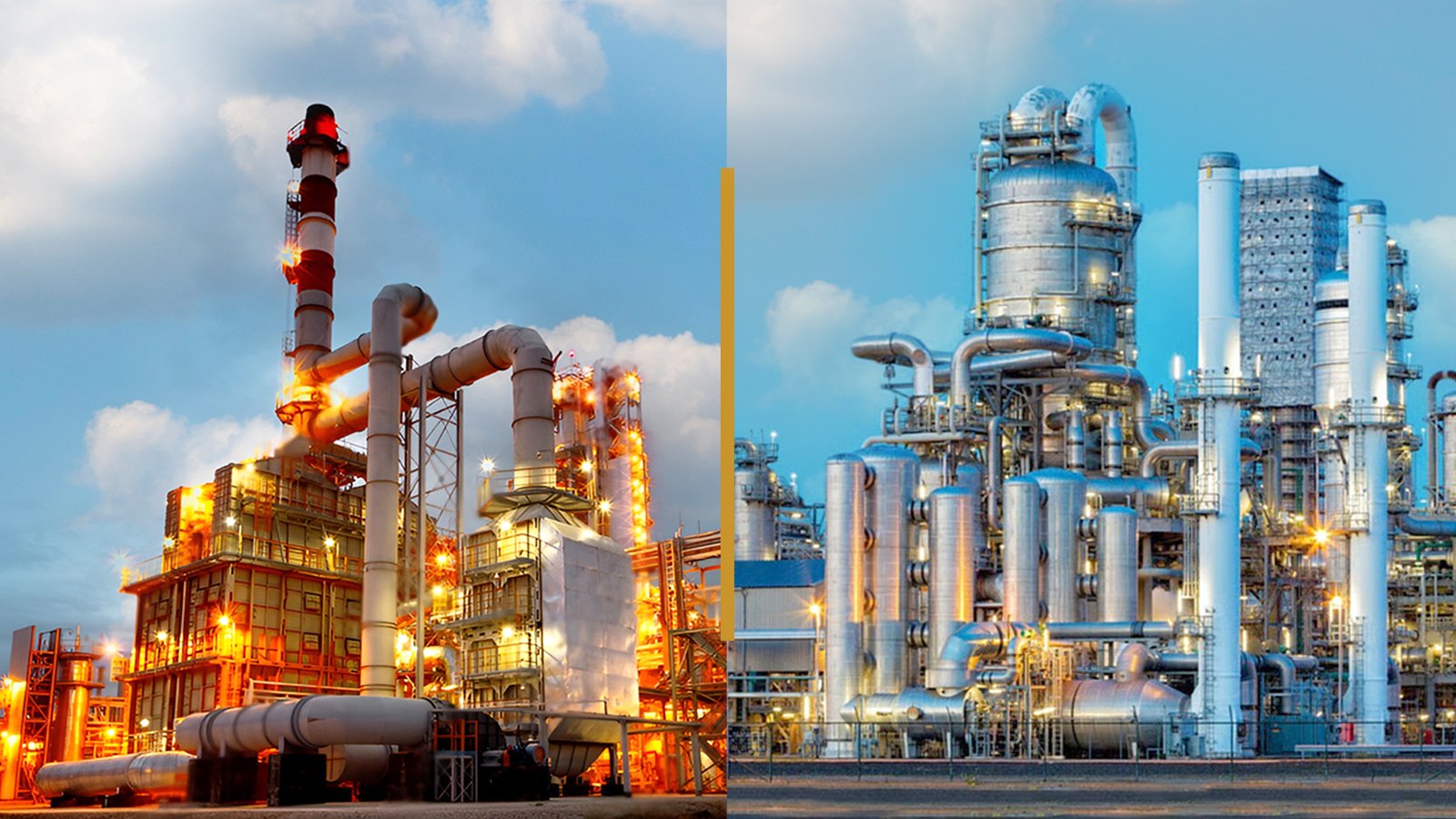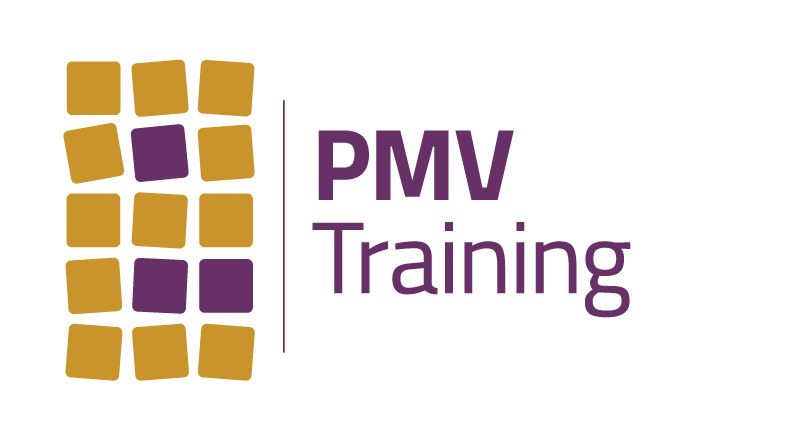Intrinsically Safe (Ex i) vs Flameproof (Ex d): Choosing the Right Protection for Hazardous AreasÂ
Intrinsically Safe (Ex i) vs Flameproof (Ex d): Choosing the Right Protection for Hazardous AreasÂ
Jul 16, 2025

In hazardous industrial environments—where the air may contain flammable gases, vapours, dust, or fibres—the safe operation of electrical equipment is not just best practice, it’s essential. A single spark or overheated surface can lead to catastrophic explosions. That’s why explosion protection strategies such as Intrinsically Safe (Ex i) and Flameproof (Ex d) equipment are fundamental in modern hazardous area management and part of any credible  hazardous areas course.Â
Why Hazardous Areas Require Specialised Equipment
Hazardous areas are found in industries like:
- Oil refineriesÂ
- Chemical processing plantsÂ
- Grain silosÂ
- Underground minesÂ
- Gas handling facilitiesÂ
These environments are defined by the “fire triangleâ€: fuel, oxygen, and an ignition source. Since fuel and oxygen are typically unavoidable, the key to preventing explosions is controlling the ignition source. This is where certified Ex i and Ex d equipment and proper  hazardous area electrical  training come into play.Â
There are three primary explosion protection strategies:
- Explosion Containment – Contains any ignition inside the equipment.Â
- Exclusion – Prevents the hazardous atmosphere from entering equipment.Â
- Energy Limitation – Ensures any spark or heat generated remains below ignition energy.Â
Each method interrupts one element of the fire triangle.
Intrinsically Safe (Ex i): Preventing Ignition by Design
How It Works
Intrinsically safe equipment limits electrical and thermal energy to levels incapable of causing ignition – even in fault conditions.
Key Features
- Low voltage and current (<29V DC, <300 mA)Â
- Thermal limits typically under 135°CÂ
- Use of Zener barriers or galvanic isolatorsÂ
- Suited to Zones 0/1/2 (gases) and 20/21/22 (dusts), especially required in Zone 0 or 20Â
Typical Ex i Devices
- Pressure and flow sensorsÂ
- Gas detectorsÂ
- Handheld radios and Bluetooth devicesÂ
- Battery-powered monitoring equipmentÂ
Advantages
- Live maintenance allowed (no shutdowns required)Â
- Simpler installation (no rigid conduit or seals)Â
- Lower total cost of ownershipÂ
- Ideal for portable and wearable devicesÂ
Mastering Ex i concepts is central to achieving your  Cert 4 in Hazardous Areas  or  Certificate IV in Hazardous Areas Electrical  certification.Â
Flameproof (Ex d): Containment of Ignition
How It Works
Flameproof enclosures are built to contain an internal explosion, preventing flame or pressure from reaching the external environment. It does not stop ignition from happening—it prevents its spread.
âš ï¸ Note: Ex d is suitable for gas areas only.
Key Features
- Rugged enclosures (steel or aluminium)Â
- Flame paths that cool escaping gasesÂ
- Sealed conduit systems to prevent vapour migrationÂ
- Common in Zone 1/2 locations with higher power needsÂ
Typical Ex d Devices
- Motors and transformersÂ
- Control panels and junction boxesÂ
- Large lighting fixturesÂ
- Solenoid valves and actuatorsÂ
Advantages
- Withstands high impact and harsh conditionsÂ
- Suitable for high-power applicationsÂ
- No external barriers required—self-contained solutionÂ
Ex i vs Ex d: Key Differences at a Glance
| Feature | Intrinsically Safe (Ex i) | Flameproof (Ex d) |
| Safety Principle | Prevent ignition | Contain explosion |
| Power Handling | Low (sensors, comms) | Medium–High (motors, lighting) |
| Maintenance | Live servicing allowed | Requires shutdown |
| Size & Weight | Compact, lightweight | Heavy-duty, bulky |
| Installation | Simple, flexible | Complex, sealed conduits needed |
| Typical Zones | Zone 0/20, 1/21, 2/22 | Zone 1 and Zone 2 (Gas Areas only) |
| Cost Profile | Lower lifecycle cost | Higher upfront and maintenance cost |
Regulatory Standards: Compliance Is Critical
Both Ex i and Ex d equipment must meet global and national standards:
- AS/NZS 60079 Series – Australia/New Zealand explosive atmosphere standardsÂ
- IEC 60079 Series – International harmonised standardsÂ
- ATEX Directive – EU complianceÂ
- NFPA 70 (NEC) – U.S. classification systemÂ
Correct zone classification and device selection are essential to avoid compliance breaches and safety incidents. That’s why engineers and technicians pursuing any  hazardous areas course  or certification must thoroughly understand these frameworks.Â
How to Choose the Right Explosion Protection Method
Choose Intrinsically Safe (Ex i) when:
- The area is Zone 0 or Zone 20 (continuous hazard)Â
- Devices are portable or low powerÂ
- Live maintenance is necessaryÂ
- You need cost-effective, simple installationsÂ
Choose Flameproof (Ex d) when:
- Equipment demands higher powerÂ
- The area is Zone 1 or Zone 2Â
- Equipment is fixed or ruggedÂ
- You need protection from mechanical or environmental damageÂ
Cost Considerations: Beyond Purchase Price
While Ex d systems may have a higher initial cost, Ex i systems often provide lower total cost of ownership:
- Easier, faster installationÂ
- No shutdowns for maintenanceÂ
- Reduced downtimeÂ
- Simpler cable managementÂ
Selecting the right protection method is about  suitability, not superiority. Both Ex i and Ex d have essential roles in  hazardous area electrical  operations. Whether you’re an engineer, technician, or safety officer, a strong understanding of both methods is vital and central to any  hazardous area safety solutions  strategy.Â
Before making your choice, assess:
- Zone classificationÂ
- Power requirementsÂ
- Environmental conditionsÂ
- Maintenance proceduresÂ
- Portability and accessÂ
- Budget and risk profileÂ
PMV Training  is a leading provider of  hazardous area safety solutions, training, and compliance services. From the  Certificate IV in Hazardous Areas Electrical  to advanced practical workshops, we equip professionals with the skills needed to safely operate and maintain equipment in explosive environments.Â
👉 Explore our accredited  Cert 4 Hazardous Areas  and  hazardous areas course  options to build your expertise and career in industrial safety.Â
Recent Post
Jul 16, 2025
Jun 26, 2025
